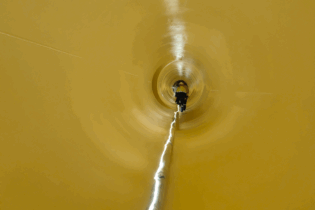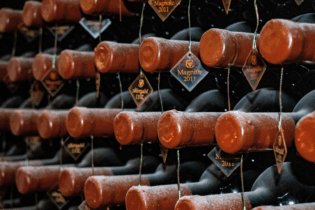The 2012 Blue Drop Report showed significant improvements, which serve as evidence of the positive impact this incentive-based regulation approach is having on the South African water sector. The first Blue Drop Report in 2009 indicated that the national microbiological compliance for South African tap water was measured at 93.3% against the National Standard (SANS 241). Notably this has increased to 97.3% in the 2012 reporting cycle. Overall, municipalities are taking their Blue Drop status seriously, with Ekurhuleni and City of Johannesburg dominating the charts, followed closely by eThekwini and the City of Cape Town.
On the other hand, the Green Drop certification programme for wastewater is an initiative to ensure that these treatment works progressively improve their operations, so as not to impact negatively on the water bodies into which they discharge their product. The proposed system aims at awarding water services authorities with Green Drop Status if they comply with wastewater legislation and other best practices required by the Department of Water Affairs. This incentive-based regulatory approach is a first for South Africa, and is internationally regarded as unique in the water regulatory domain.But as a supplier/consultant to these municipal water utilities, what do Blue/Green Drop accreditations mean to you? What are your thoughts on the judging and awards process? Are the qualifying criteria fair to all parties or has the Department of Water Affairs set unrealistic targets for municipalities? Has Blue Drop status truly aided in the delivery of safe drinking water? How have your products and services contributed to the overall improvement of water and wastewater quality in South Africa? Candice Landiefacilitates this panel discussion which looks at the suppliers and consultants’ opinions on acquiring Blue/Green Drop status and the products and services on offer.







